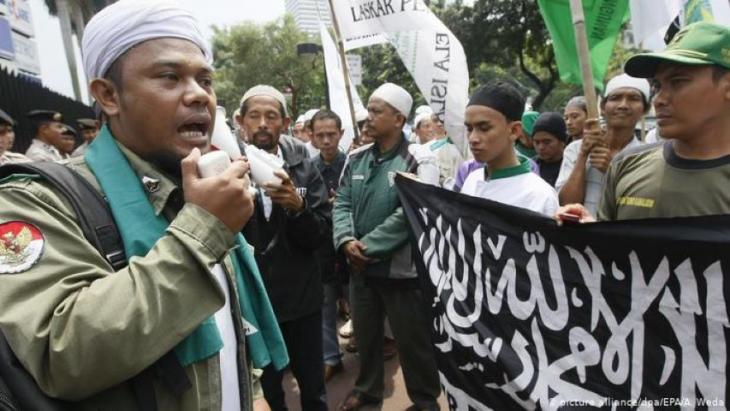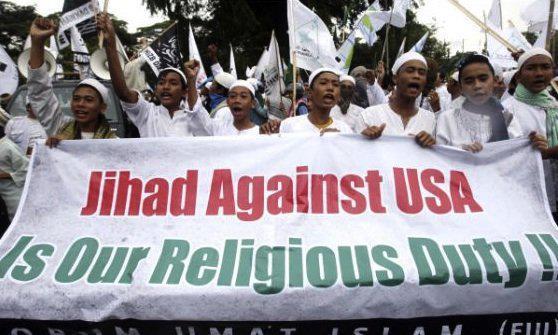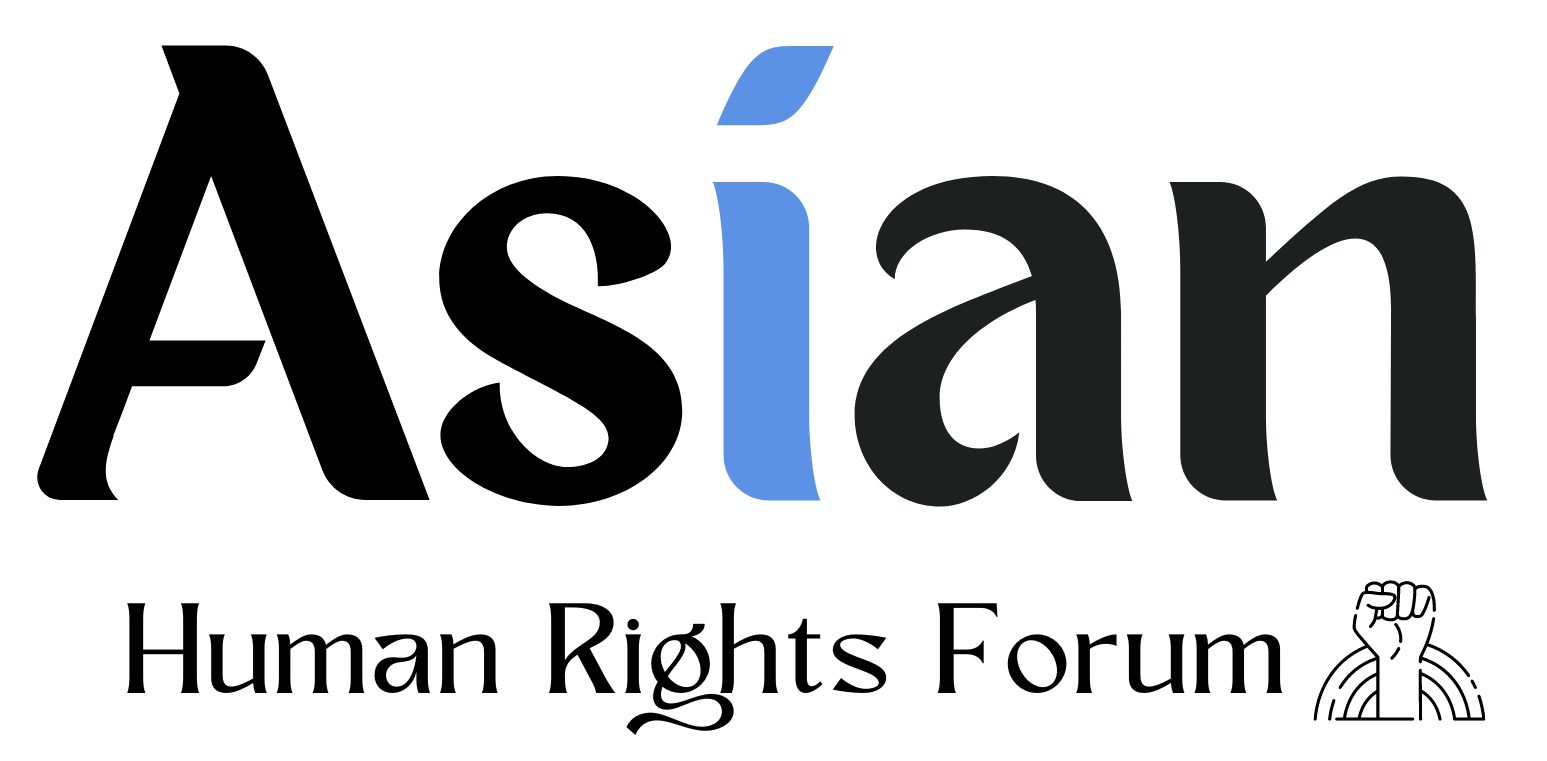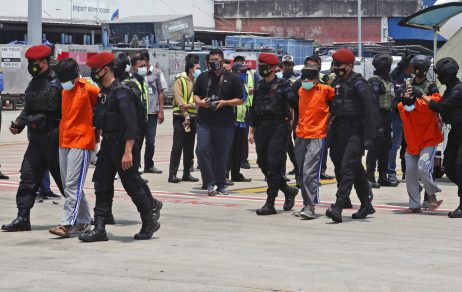
Islamic extremism in South Asia:
South Asia is a diverse region with a complex socio-political landscape, and the situation of Islamic extremism can vary significantly across different countries and regions within the region. However, Islamic extremism is a significant challenge in many parts of South Asia.
One of the most prominent examples of Islamic extremism in South Asia is the extremist terrorist organisations, created & patronised by Pakistan Army like Jamaat Islami, Taliban, Jaish e Mohammad, Laskar e Tayaba, Tehreek Labaik Pakistan and many more. These organisations have been responsible for numerous violent attacks, including suicide bombings and assassinations, and have imposed strict Islamic laws in areas under their control.
Pakistan has experienced significant levels of Islamic extremism, with groups like the Tehreek-e-Taliban Pakistan (TTP) and Lashkar-e-Taiba (LeT) carrying out terrorist attacks across the country. These groups have targeted both civilians and security forces, and have been responsible for numerous high-profile attacks. Pakistan had created these terrorist organisations to wage proxy wars in India & Afghanistan but most of them have got differences with their masters, Pakistan Army, therefore, target of their attacks is Pakistan too.
Pakistan has tens of thousands of Maddrassahs, the Islamic schools, which teaches extreme form of Islam & create hatred for non Muslims among young Maddrassah students.
Pakistanis practice Islam of different sects & faiths, thus they teach hatred for other sects of Islam in their Maddrassahs. Blasphemy is biggest weapon for Islamic extremists. They can kill anyone on the name of Blasphemy.

Earlier this month, a man in Nankana Saheb, Punjab, Pakistan, was accused of blasphemy by Islamic clerics. The man was arrested by police but mosques made announcements to incite Muslims to attack police station. Muslim mobs attacked police station & tortured that man, killed him by torture & ablazed the dead body in broad daylight.
Attack on non Muslims and their places of worship is order of the day.
Bangladesh has also seen a rise in Islamic extremism in recent years, with groups like Jamaat-ul-Mujahideen Bangladesh (JMB) and Ansarullah Bangla Team (ABT) carrying out attacks on secular activists, bloggers, and foreigners.
Islamic extremists regularly attack temples of religious minority Hindus. Kidnapping of minority girls, forced conversion & attack on Hindus during their religious festivals & gatherings has become common practice in Bangladesh.
India has also experienced incidents of Islamic extremism, particularly in the state of Jammu and Kashmir, where militant groups like Jaish-e-Mohammed (JeM) and Lashkar-e-Taiba (LeT) have carried out attacks on Indian security forces and civilians.
Last year, a politician Ms Nupur Sharma, during a television debate said that prophet Mohammed married a minor child (which is factual as per Islamic books), Muslim clerics issued a fatwa to kill her. Many Muslims organisations & individuals issued bounty on her head. She is living in hiding since then. Two men were killed by Islamic extremists for supporting Nupur Sharma.
Overall, the situation of Islamic extremism in South Asia remains a significant challenge, with extremist groups continuing to carry out violent attacks and promote their ideology in the region by force.





